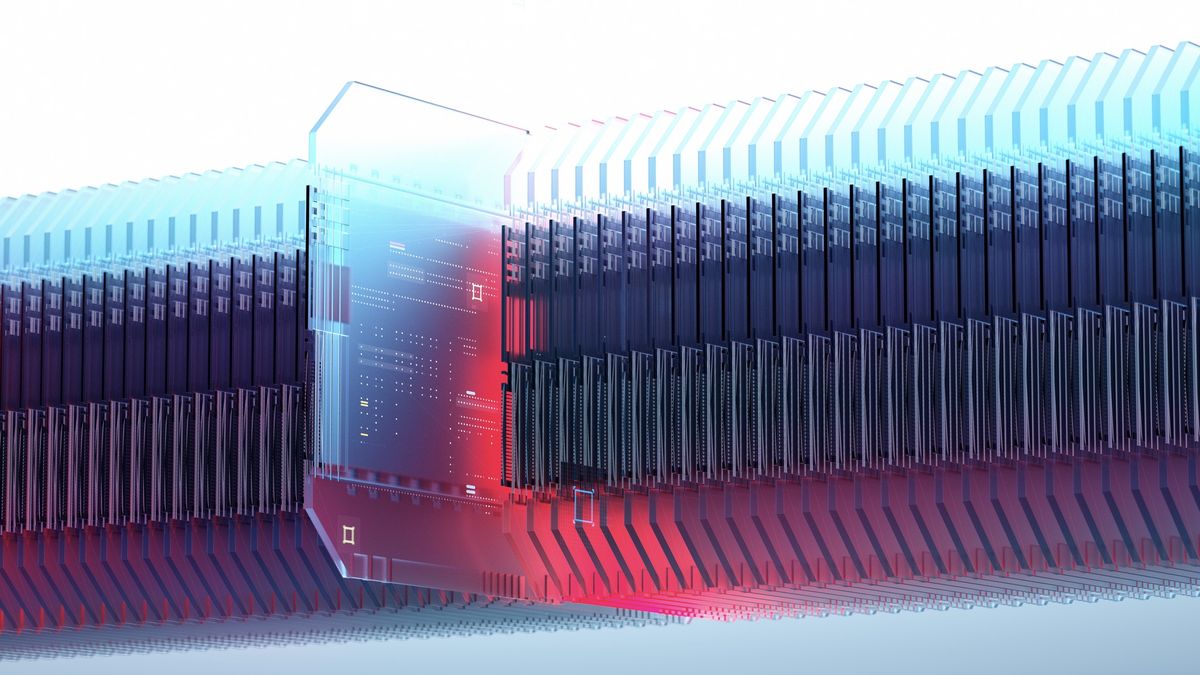- cross-posted to:
- hackernews@derp.foo
- cross-posted to:
- hackernews@derp.foo
Video of ceramic storage system prototype surfaces online — 10,000TB cartridges bombarded with laser rays could become mainstream by 2030, making slow hard drives and tapes obsolete::Ceramics-based storage medium consumes very little energy and lasts more than 5,000 years, creators say



Just wait until one of your techs drops a cassette of these glass and ceramic plates and suddenly your company is out 100,000TB of data.
The whole “it can last 5000 years” thing is somewhat ridiculous considering the library mechanisms, carriers for the slides and basically everything else not glass and ceramic probably won’t last more than 20 or 30.
That’s… literally always a concern. Name a digital storage medium impervious to impact damage. You can’t.
Isn’t that a concern with other tech too? If storage is cheaper, it would enable for more redundant copies
A lot of places just don’t have backups. I’m thinking of hospitals getting hit with ransomware attacks, some are fine and just pull from backups and others shell out lots of money.
I’d love to see cheaper enterprise storage since it’ll be easier to justify more backups. That single IT guy managing a hospital network could use a break…
Having backups at multiple sites is industry standard. Nobody is keeping 100,000TB of data in a single location.
As for your second point, I don’t see the relevance. You can store the glass wherever you want, the other mechanisms aren’t relevant for keeping the stored data.
But ceramic plates can probably be put into a working enclosure to get the data from it again
Just like how if you put a shattered CD in an apparatus, you can still use a laser reader to recover any data on the undamaged sections.
Though, because data is recorded in a circular pattern at high speeds, you won’t get much. Or what you get will have lots of corruption. I wonder what pattern of storage these plates use? If it’s similar to SSDs, then large files can be nested in a very small area of space - increasing the chances of recovery.
They have a video on their channel showing them bending and twisting the material.